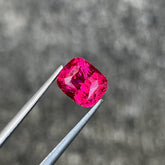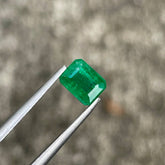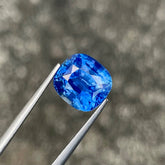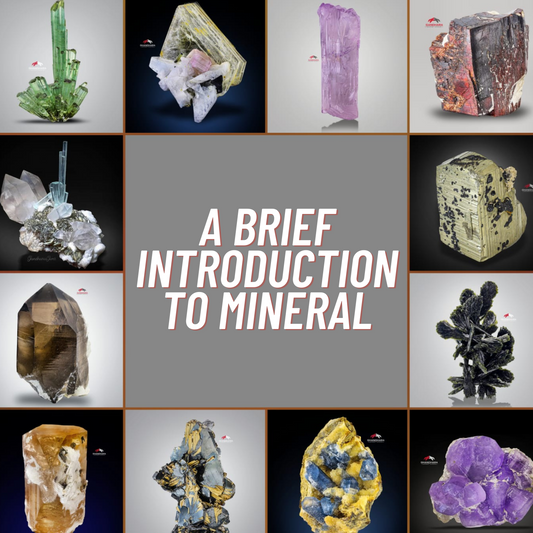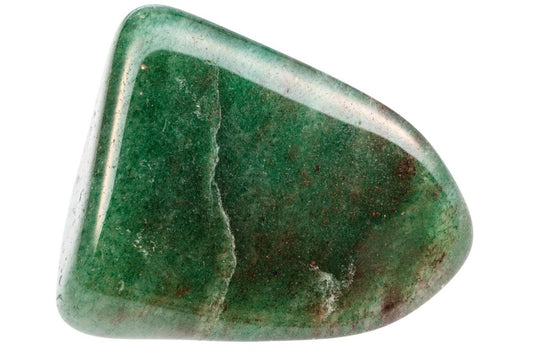featured A Brief Introduction to Minerals
Minerals, by definition, are naturally occurring “inorganic” (Not containing any organic) substances, often characterized by a precise crystal structure. Its “chemical structure” (The atomic arrangement of a substance) can be exact or can...
On by M Farhan 0 Comments
Aventurine Meaning: Healing Properties & Uses
Most gemstone names are unambiguous, but aventurine is an exception. The name is used both for this stone feldspar and aventurine quartz. The gemstone feldspar is now commonly sold under...
On by Mehran Khan 0 Comments


